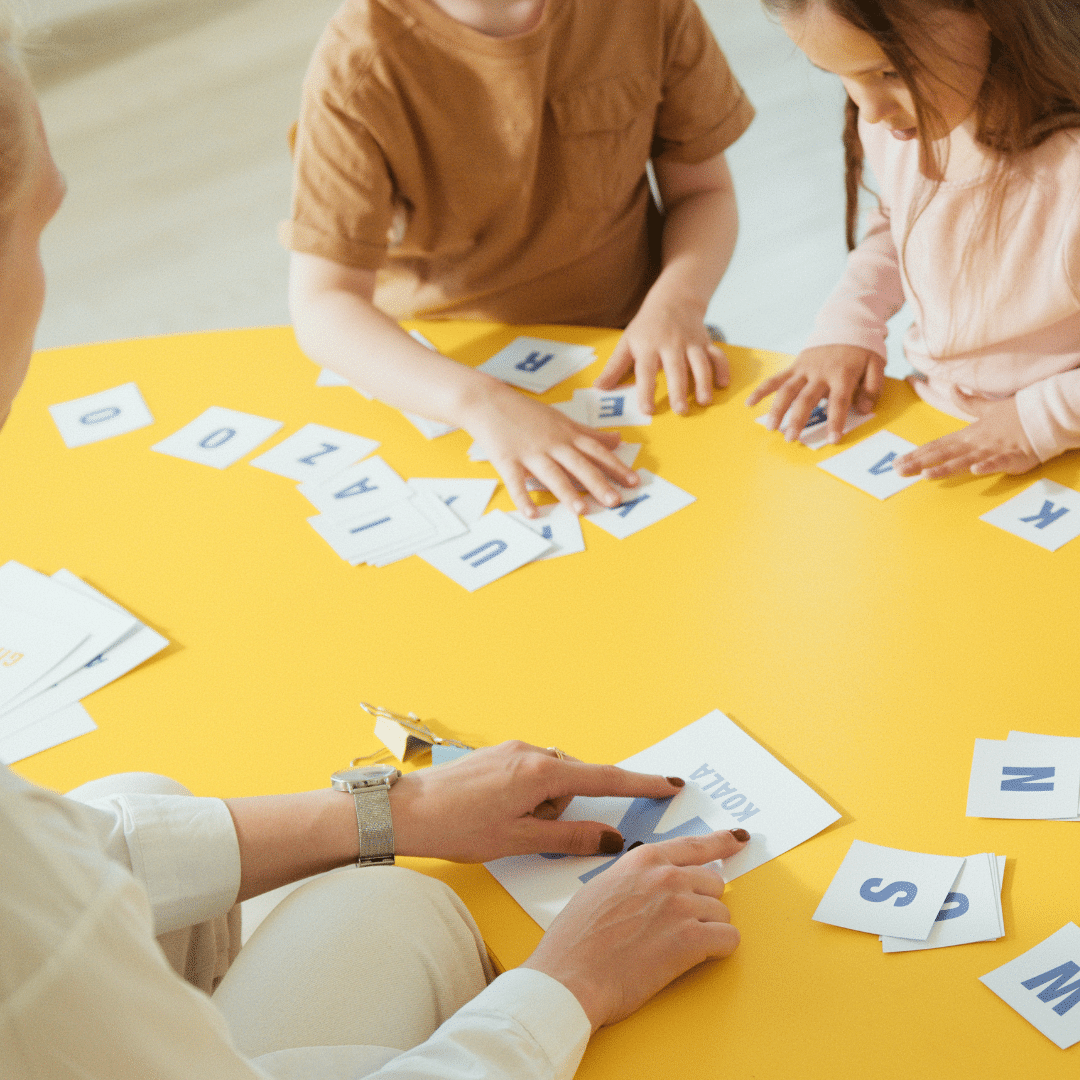So much of education reform involves large restructuring of schools and systems. Sometimes it is important to focus on some simple and time-tested ways to support students, especially in ways that sustain student learning.
Sustaining Principles for an Ongoing Process
Sustaining student learning is an ongoing process that involves a variety of factors, including effective teaching strategies, engagement, motivation, and support from both the school and home environments. Here are some key principles that can help sustain student learning:
- Create a positive learning environment: A positive learning environment is critical for students to feel motivated and engaged in their learning. Teachers can create this environment by establishing clear expectations, promoting positive behavior, and providing opportunities for students to build positive relationships with each other and the teacher.
- Use active learning strategies: Active learning strategies encourage students to engage with the material actively. This can include activities such as discussions, group work, role-plays, and simulations. These strategies help students learn by doing and allow them to apply what they’ve learned in real-world situations.
- Differentiate instruction: Students have different learning styles, abilities, and interests, so it’s important to differentiate instruction to meet their individual needs. Teachers can do this by varying the types of activities and assessments, providing multiple ways of accessing content, and offering extra support when needed.
- Provide feedback: Feedback is essential for students to understand their progress and identify areas for improvement. Teachers can provide feedback in a variety of ways, such as through written comments, conferences, or rubrics. Feedback should be timely, specific, and actionable.
- Encourage self-reflection: Encouraging self-reflection is a valuable tool for students to monitor their learning progress and identify areas for improvement. Teachers can encourage self-reflection by providing opportunities for students to set goals, evaluate their progress, and reflect on their learning experiences.
- Build a strong partnership between school and home: A strong partnership between school and home is essential for sustaining student learning. This can include regular communication between teachers and parents, providing opportunities for parents to be involved in their child’s learning, and offering resources and support to families.
Combining Effective Teaching Strategies
In summary, sustaining student learning requires a combination of effective teaching strategies, engagement, motivation, and support from both the school and home environments. Teachers can create a positive learning environment, use active learning strategies, differentiate instruction, provide feedback, encourage self-reflection, and build a strong partnership between school and home to help students sustain their learning.




